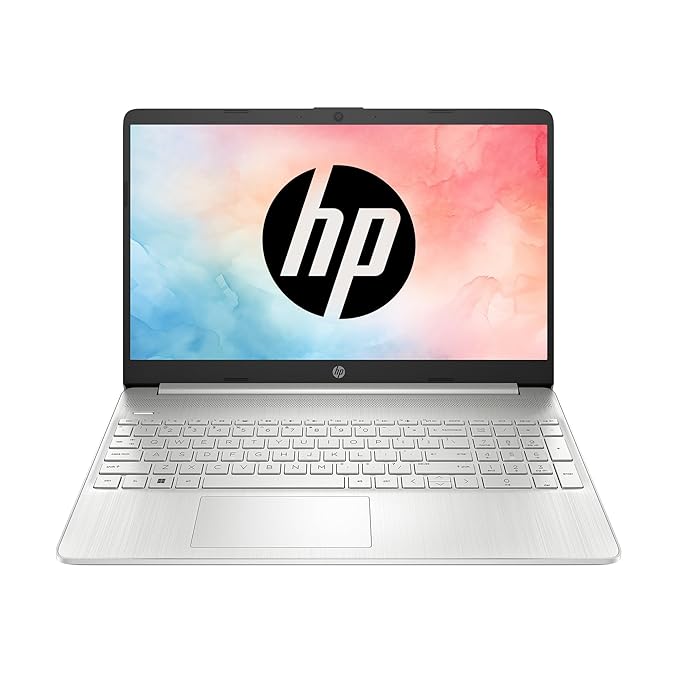Introduction
Managing files in Windows can often feel like a challenge, especially when the default alphabetizing structure doesn’t align with your organizational preferences. This guide will walk you through how to remove the alphabetizing files structure in Windows, giving you complete control over the order and layout of your files.
Windows is designed to arrange files alphabetically by default for efficiency, but many users prefer a different file structure based on specific use cases, project priorities, or personal habits. If you’re one of them, keep reading to learn various methods to remove the alphabetizing files structure in Windows.
Why Windows Alphabetizes Files by Default
By default, Windows alphabetizes files to provide a consistent and universally understood way of organizing folders. This method is convenient for most users but lacks flexibility for those with custom requirements. To remove alphabetizing files structure in Windows, you can use built-in options and third-party tools.
Manually Arranging Files in Windows Explorer
Windows Explorer allows you to disable automatic sorting to manually arrange files. Here’s how:
- Open the folder where you want to arrange files.
- Right-click in an empty space and select View > Auto arrange to disable it.
- Drag and drop files to arrange them in your preferred order.
This simple trick lets you remove the alphabetizing files structure in Windows without external tools.
Modifying Folder Settings for Customized Arrangement
For a more structured approach, you can change folder settings:
- Right-click the folder and select Properties.
- Go to the Customize tab.
- Under “Optimize this folder for,” choose an appropriate template like “General items” or “Documents.”
- Click OK and restart Windows Explorer.
This method retains the manual order even after refreshing the folder.
Using Grouping and Sorting Options
Another way to remove alphabetizing files structure in Windows is by changing grouping options:
- In the folder, click the Sort by dropdown menu in the toolbar.
- Choose criteria like “Date Modified” or “Type” instead of “Name.”
- Click again to arrange files in ascending or descending order.
Grouping files can help when working with diverse file types, such as images, documents, and videos.
Advanced Methods: Registry Editor and Third-Party Tools
If the above methods don’t suit your needs, advanced techniques might help:
- Registry Editor:
- Press Win + R, type regedit, and press Enter.
- Navigate to HKEY_CURRENT_USER\Software\Microsoft\Windows\CurrentVersion\Explorer.
- Edit or add keys to disable default sorting.
- Restart your PC.
Third-Party Tools:
Tools like Total Commander or XYplorer provide enhanced file organization capabilities and allow you to remove alphabetizing files structure in Windows more effectively.
Why Customize Your File Arrangement?
Customizing your file arrangement provides numerous benefits:
- Quicker access to frequently used files.
- Improved project management.
- Enhanced personal workflow.
Removing the alphabetizing files structure in Windows lets you organize files based on relevance, priority, or any other custom criteria.
Troubleshooting Common Issues
While trying to remove the alphabetizing files structure in Windows, you might encounter:
- Files reverting to alphabetical order after rebooting: Double-check folder settings.
- Files disappearing temporarily: Ensure they aren’t hidden by changing View settings in Windows Explorer.
- Limited customization options: Use third-party tools for more flexibility.
Best Practices for File Organization
To maintain an organized workspace after disabling alphabetizing:
- Regularly review and clean up your folders.
- Use descriptive file names and add tags.
- Backup important files to avoid accidental loss.
HP 15S Core I3 12Th Gen Intel

About this item
- 【6-core 12th Gen Intel Core i3-1215U】Unleash your productivity with this high-performing processor. With 8 threads and 10MB L3 cache, it’s designed for quick, efficient multitasking.
- 【Intel UHD graphics】Experience captivating visuals and high-quality performance with integrated Intel UHD graphics. Perfect for creative work and casual gaming.
- 【Enhanced memory and storage】With 8GB DDR4-3200 MHz RAM, and a 512 GB PCIe NVMe M.2 SSD, experience rapid loading and ample storage for all your files.
- 【Micro-edge display】Enjoy vibrant colors on the 15.6″ FHD, anti-glare screen. With a resolution of 1920 x 1080 pixels, it delivers crisp, clear visuals for an immersive viewing experience.
- 【Long-lasting battery】Fast charge up to 50% in 45 mins. Stay unplugged longer with the 3-cell, 41 Wh battery and power through your day without the need for constant charging.
- 【High-speed connectivity】Wi-Fi 5 (2×2) and Bluetooth 5.0 deliver fast and reliable connections. Enjoy quick and easy data transfer with 1 x USB Type-C, 2 x USB Type-A, and 1 x HDMI 1.4b ports.
- 【Business conferencing】HP True Vision 720p HD camera with temporal noise reduction and integrated dual array mics offer clear, professional video calls, ideal for remote work or online classes.
- 【Why HP】Experience the unparalleled advantages of choosing HP, the most preferred and trusted PC brand by Indians, empowering you with cutting-edge technology and steadfast dependability.
- 【Sustainable choice】Made with post-consumer recycled plastic and EPEAT registered, choosing this laptop means making an environmentally responsible decision.
FAQ
Go to the folder, disable “Auto arrange” under the View menu, and arrange files manually.
Yes, use the Group by option in the folder toolbar and select criteria like “Date Modified” or “Type.”
Check your folder settings and ensure “Auto arrange” is turned off. Restart Windows Explorer if needed.
Yes, third-party tools like Total Commander or XYplorer provide advanced file organization options.
Absolutely! You can re-enable automatic sorting by turning on “Auto arrange” in the folder’s View settings.
